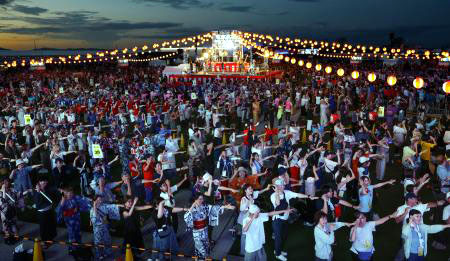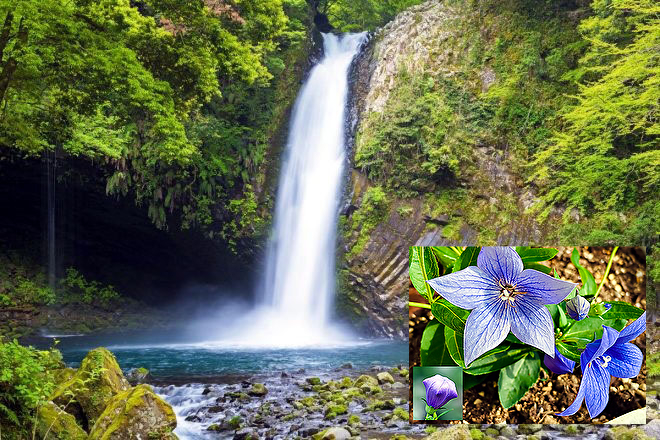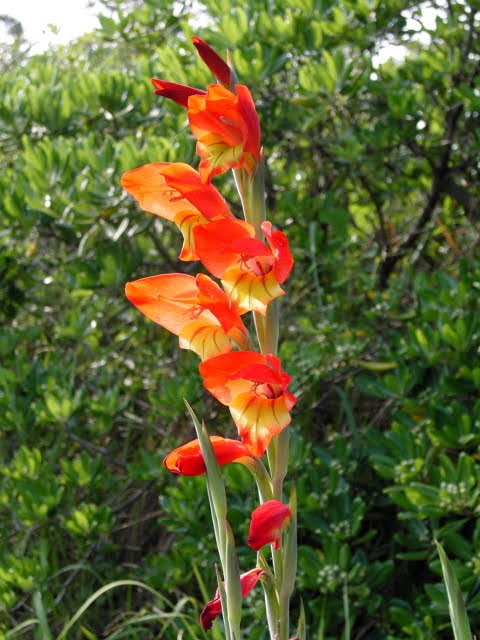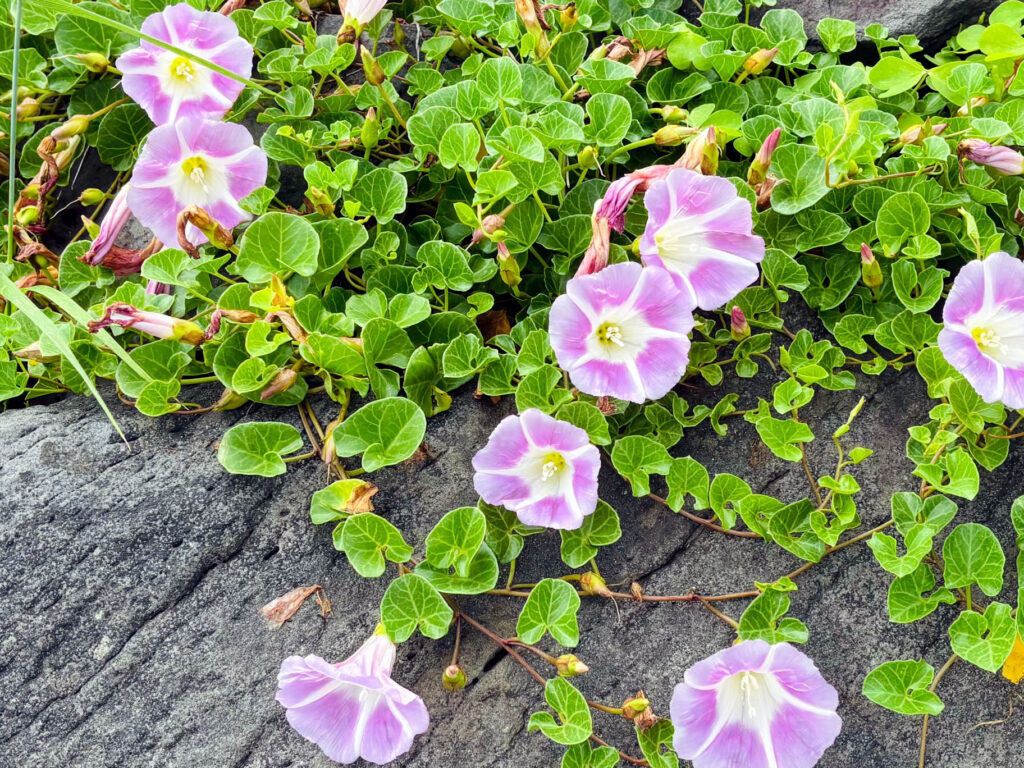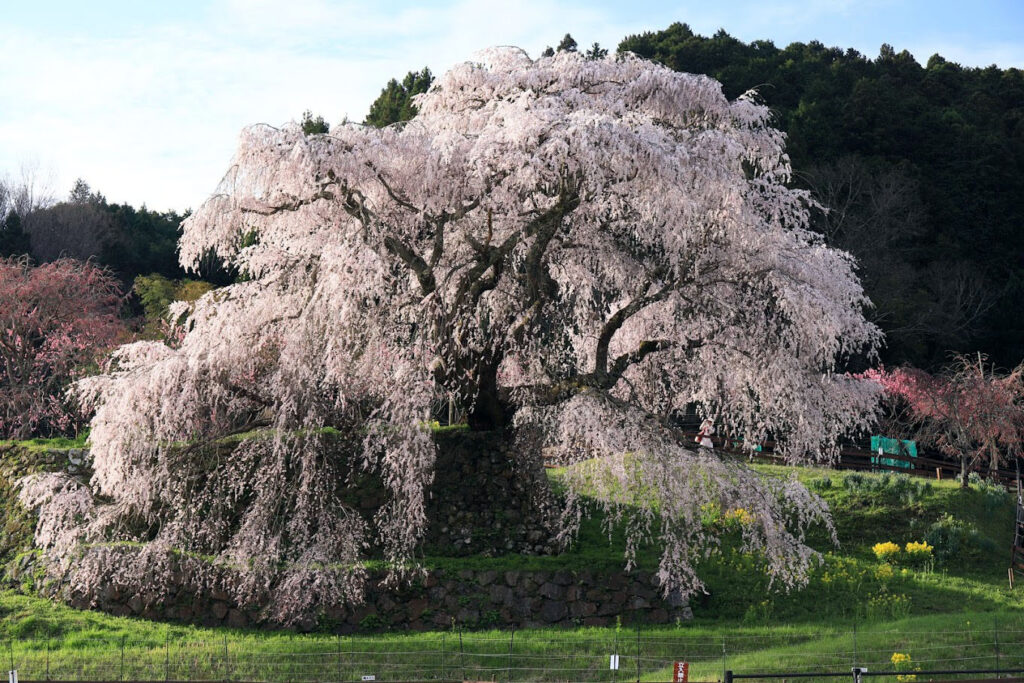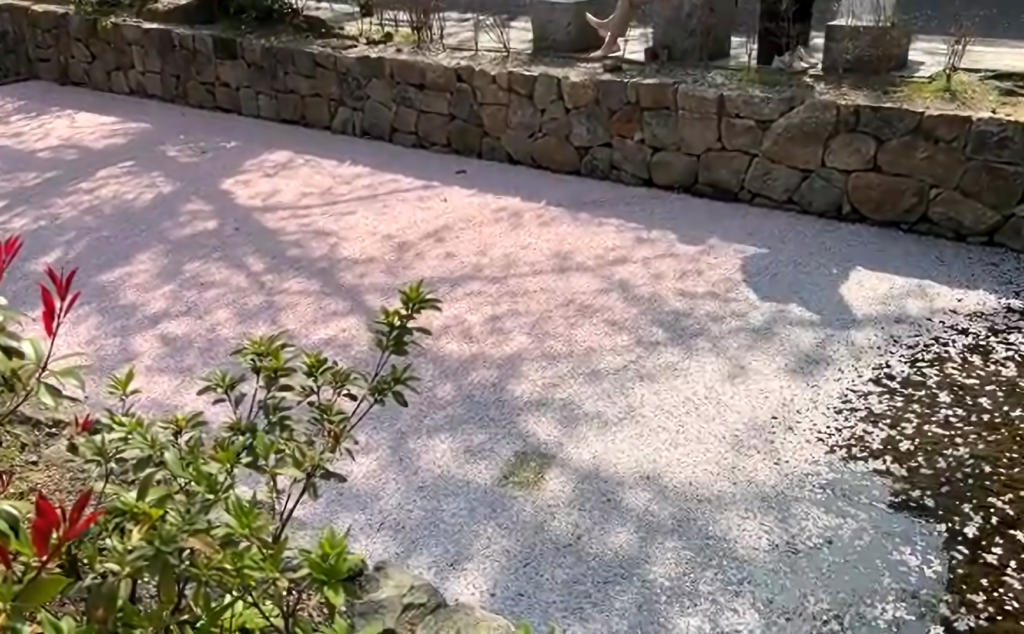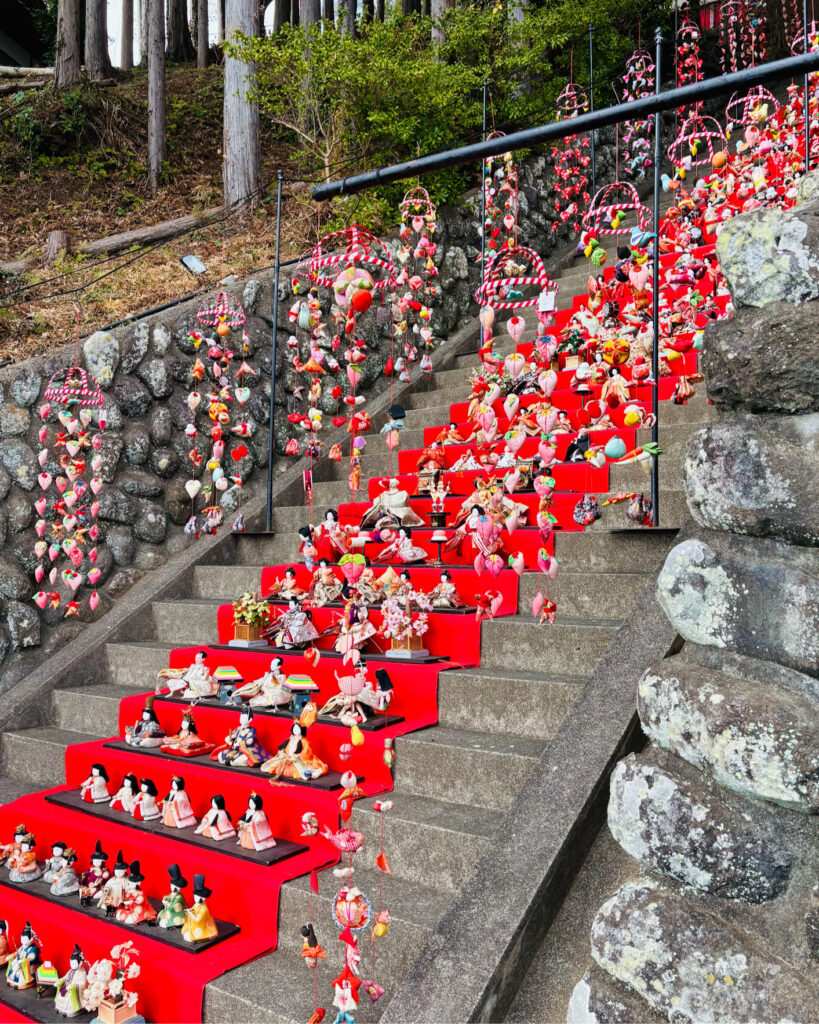
もう間もなくクリスマスです。大阪の北や南の繁華街はクリスマス一色です。
クリスマスの歴史をたどれば、単なる宗教行事にとどまらず、古代の自然信仰や商慣習が複雑に絡み合って形成されてきたことが分かります。
実は、聖書にはイエス・キリストが「12月25日に生まれた」という記述はありません。ではなぜこの日が「クリスマス」になったのでしょうか?
古代ローマでは、冬至(一年で最も日が短い日)の時期に、太陽の再誕を祝う「不滅の太陽の誕生日」や「サトゥルナリア祭(農耕神のお祭り)」が行われていました。
4世紀頃、キリスト教を広める過程で、すでに定着していたこれらのお祭りにキリストの誕生を祝う意味を重ね合わせ、12月25日を「降誕祭」(クリスマス)として定めたと言われています。
今では、世界(主にキリスト教圏)と日本では、クリスマスの「過ごし方」や「主役」に面白い違いがあります。
キリスト教徒にとっては、神の子が人間として地上に降り立った(受肉)ことを祝う、愛と救いの記念日(ミサと祈りに日)です。
その日は、「家族と家でゆっくり過ごす」、「当日は休業する店が多く、街は静か」、「七面鳥、ローストビーフ、家庭料理」といった、どちらかと言えば、日本の「お正月」に近い神聖な日です。
一方、日本のクリスマスは、世俗的な色合いが強く、宗教を問わず、家族や友人(恋人)と絆を深め、平和を願う「冬の風物詩」としての役割が強いのが特徴です。
日本全国津津浦々、内も外もクリスマスツリーとイルミネーションで飾られ、お店はかき入れ時とばかりに町じゅうは賑わい、特にフライドチキン、ショートケーキは飛ぶように売れます。
ちなみに、日本で「クリスマスにはフライドチキン」と言われるように、フライドチキンを食べる習慣が根付いたのは1970年代に、『ケンタッキーフライドチキン(KFC)』のマーケティングがきっかけと言われています。また、イチゴのショートケーキが定番なのも、『不二家』の創業者が広めた日本独自の文化です。
つまり、日本のクリスマスは、1549年、フランシスコ・ザビエルによりキリスト教とともに紹介されて以来、「外来文化の受容 → 日本的再解釈 → 独自文化の創造」という、日本文化の典型的な変容プロセスを体現しています。
Christmas is just around the corner. The bustling districts of northern and southern Osaka are completely wrapped in the colors of the season.
Tracing the history of Christmas reveals that it is far more than a simple religious event; it has been shaped through a complex intertwining of ancient nature worship and commercial customs.
In fact, the Bible contains no description stating that Jesus Christ was born on December 25. So why did this date become “Christmas”?
In ancient Rome, around the time of the winter solstice—the shortest day of the year—festivals such as the *Dies Natalis Solis Invicti* (“Birthday of the Unconquered Sun”) celebrating the sun’s rebirth, and the Saturnalia festival honoring the god of agriculture, were held.
Around the 4th century, as Christianity spread, these already‑established festivals were overlaid with the meaning of celebrating Christ’s birth, and December 25 came to be designated as the Feast of the Nativity—Christmas.
Today, there are interesting differences between how Christmas is spent, and who its “main characters” are, in the Christian world and in Japan.
For Christians, it is a sacred day commemorating the incarnation—the moment when the Son of God descended to earth as a human being. It is a day of love and salvation, marked by Mass and prayer.
People spend the day quietly at home with family; many shops close, the streets grow calm, and meals such as turkey, roast beef, and home‑cooked dishes are enjoyed. In this sense, it resembles the Japanese New Year more than a festive party.
By contrast, Christmas in Japan has a strongly secular character. Regardless of religion, it serves as a winter tradition that deepens bonds among family, friends, and couples, and expresses hopes for peace.
Across the country, homes and public spaces alike are decorated with Christmas trees and illuminations. Towns bustle as shops enter their busiest season, and fried chicken and shortcake sell at remarkable speed.
Interestingly, the custom of eating fried chicken at Christmas in Japan took root in the 1970s, sparked by marketing from Kentucky Fried Chicken (KFC). The popularity of strawberry shortcake as a Christmas staple is also a uniquely Japanese tradition, spread by the founder of Fujiya.
In short, since Christmas was introduced to Japan in 1549 by Francis Xavier along with Christianity, it has embodied a quintessential pattern of Japanese cultural transformation: **the acceptance of foreign culture → its reinterpretation through a Japanese lens → the creation of a unique tradition.**


